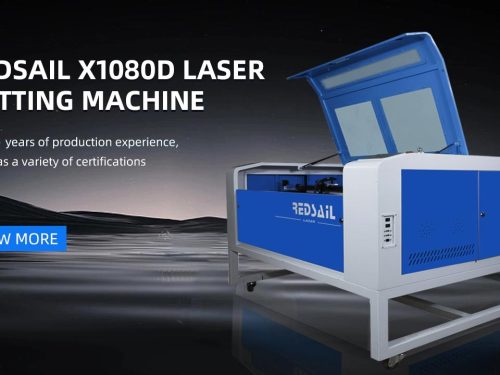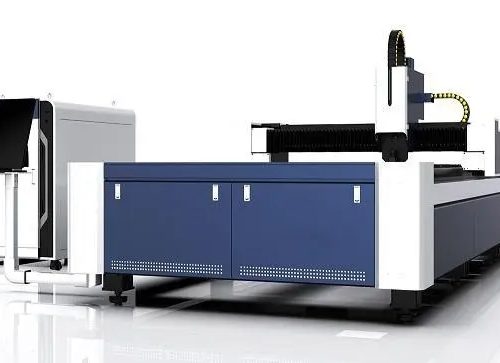
500W laser cutting machine has been widely used because of its advantages of high accuracy, fast speed, material saving, low noise, etc. But in the actual laser cutting process, there are many problems, which will affect the cutting quality. Solving these problems plays an important role in further improving the processing quality. In the next four articles, Xinquanli Laser will introduce the common problems and solutions of the four laser cutting machines for the reference of the users of laser cutting machines.
Cause:
When laser cutting the sharp corner area of the template, when the laser beam turns to the other side after processing the sharp corner, the moving speed of the laser beam first decreases to zero and then accelerates to the normal speed again. Therefore, the staying time in the sharp corner area is relatively long, but the laser beam energy does not decrease during the time of speed change. The laser beam is always in the working state, so the heat of the processed template is highly concentrated in this area, The cutting paths overlap each other, which increases the temperature at the sharp corners. Although the heat affected area of laser cutting is small, the heat dissipation surface area at the sharp corner is small, and the heat transfer effect is poor. The heat affected areas on both sides of the sharp corner overlap each other, resulting in the material melting at high temperature, and the erosion of high temperature auxiliary gas, resulting in the “lack of meat” phenomenon at the sharp corner of the sample plate.
Solution:
The reason for sharp corner ablation is mainly caused by the change of cutting speed at the sharp corner, so preventing sharp corner ablation can theoretically adjust the laser cutting route and reduce the change of speed.
In the process of cutting, the arc can be bypassed to ensure that the cutting speed remains unchanged. The temperature of the working edge of the cut side can be cooled down during the time of idling the arc. At this time, the heat at the sharp corner will not be too concentrated when the other side is processed, thus ensuring the complete and smooth cutting of the sharp corner.
To avoid sharp corner ablation by adjusting the cutting path requires manual adjustment by the processing personnel, which consumes manpower and time and is not conducive to batch production. If you want to solve the problem of many sharp corners and large cutting volume, you can use the method of adding more. Adding a patch at the cutting sharp corner means adding a patch at the cutting sharp corner. This method can effectively ensure that the sharp corner is not ablated, and the size of the sharp corner will not change. For the template with the sharp corner on the outside, adding the patch can not only prevent the user from being injured during the use of the template, but also ensure that the template will not be bruised during the use of the template.










